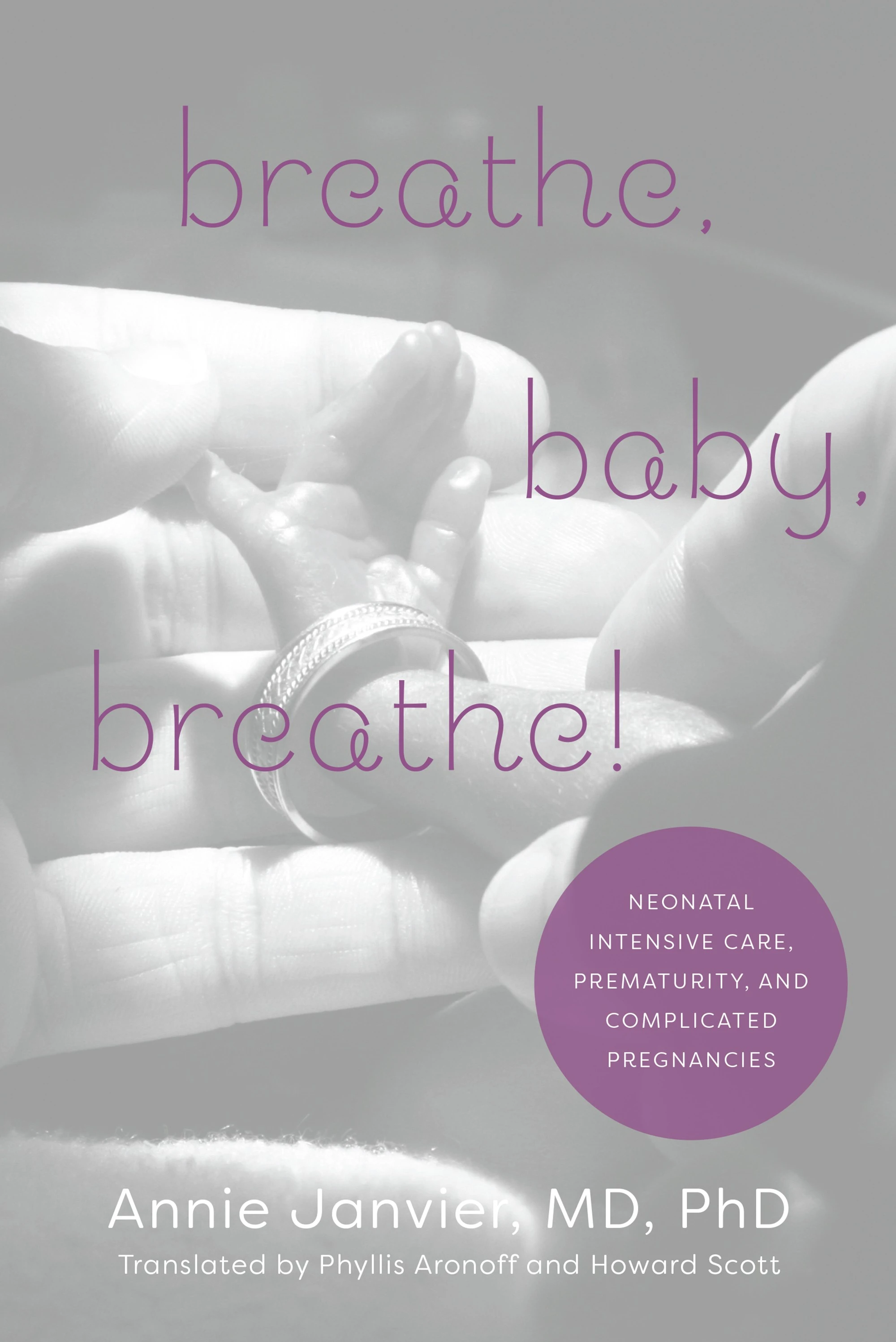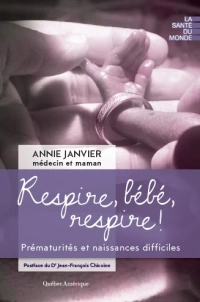
In order to answer the question posed in the title you would need to take babies at risk of seizures, but not yet having clinically diagnosed convulsions, randomize them to have routine continuous EEG monitoring or not and then treat according to the EEG results or according to whether they had clinical seizures. In order to know what was happening in the controls, they should have continuous EEG monitoring as well. Then you would follow the babies up to an age where clinically important differences can be reliably determined.
The study that this post is about did just that, (Hunt RW, et al. Effect of Treatment of Clinical Seizures vs Electrographic Seizures in Full-Term and Near-Term Neonates: A Randomized Clinical Trial. JAMA Netw Open. 2021;4(12):e2139604), with the difference that infants who were referred to a study centre who already had suspected seizures would be eligible if they were diagnosed as having clinical seizures by the attending physician. Presumably all such babies would have received an immediate loading dose of phenobarbitone.
That study design ignores the fact that we don’t even really know whether treatment of clinical seizures improves long term outcomes, compared to just ignoring them. I am not suggesting we should ignore them, just that we have no proof that anticonvulsant treatment of seizures improves long term outcomes. Many neonates have a few seizures during a relatively short period of their life, and it si possible that treating them doesn’t do much to protect their brain. It is however, the standard of care to treat recurrent clinical seizures in the newborn, and current evidence suggests that phenobarbitone is the preferable first line treatment.
NEST (Newborn Electrographic Seizure Trial) was designed to enrol 520 babies in 2 groups, with amplitude integrated EEG either masked or unmasked. However, slow enrolment and loss of equipoise led to termination of the trial after 212 babies were randomized, and 20 in each arm were lost to outcome assessment, leaving 86 babies in each group.
As the visual abstract above shows, in terms of outcomes there were small differences in “survival without disability” which favoured the treatment of clinical seizures alone group. As this table shows all of the electrographic seizure treatment babies and all but 3 CSG (clinical seizure treatment alone) babies did indeed have seizures on the EEG, and babies in the ESG (electrographic seizure treatment group) received more anticonvulsants; most babies in both groups received the maximum 40 mg/kg of phenobarb that was allowed but more ESG babies received phenytoin and 3rd or 4th medications.

What isn’t discussed very much is that the ESG babies had a greater seizure burden, especially between 12 and 72 hours, where the seizure burden was about double. So, despite randomization, seizure burden was higher in the group that eventually did worse. Also, it is not clear why there were 78 babies in the CSG group with seizures, but only 64 of them received phenobarb, whilst the treatment algorithm suggests that any baby with a single seizure should receive at least one loading dose of 20 mg/kg of phenobarb. Perhaps they had just a single seizure and the attending physician decided not to follow the protocol, suggesting that they were less seriously affected infants.
Unfortunately the early termination of this trial and the difference in seizure burden despite randomization makes it difficult to conclude one way or the other regarding treatment of non-clinical seizures. But the small difference in the results favouring clinical seizure treatment alone will allow future investigators to design and perform another trial. The actual differences in medications administered were relatively small, there were 14 in the clinical group who received no anticonvulsants, and 16 who received more than one anticonvulsant, compared to 0 and 26 in the electrographic group. Suggesting that only 24 babies in the trial had their management affected, which makes the trial, the largest yet conducted of the issue, severely under-powered. What I mean is that even if the underlying reason for treating was different in the two groups, the majority of infants in both groups received 40 mg/kg of phenobarb and nothing else, and you wouldn’t expect much difference in outcome in those infants, even though perhaps the ESG babies received their second phenobarb load earlier.
A future trial will have to be significantly larger than this one, large enough to ensure that randomization leads to a seizure burden which is similar between groups, and large enough to ensure a significant difference in anticonvulsant receipt. I think conventional EEG is probably preferable, although many centres cannot easily install cEEG in the middle of the night, so starting with aEEG and switching to cEEG when possible would be a pragmatic design reflecting reasonable current practice.
Based on this trial and the rest of the literature, I still have concerns that multiple electrographic seizures are associated with, and may worsen, brain injury. I certainly don’t think this means that we should ignore the frequent “non-convulsive” seizures that are seen in asphyxia, especially after initial doses of anticonvulsants, but perhaps we can be less aggressive at treating occasional electrographic seizures. In contrast, I have seen babies with electrographic status epilepticus lasting hours, with no clinically evident convulsive movements, and I am sure that can’t be good for your brain. I think it is likely that phenobarb treatment of such babies is the right thing to do, as brain protection by phenobarb has been shown in a number of models, and in one human infant RCT. What the second line treatment should be, I am completely in the dark; bumetanide, or perhaps just more phenobarb?









Good morning, I am Andrea Praprotnik, a neonatologist, a lover of neonatal neurology in Buenos Aires. Follower of your page.
Interesting point.
We usually medicate major and repetitive electrical seizures. Not so those that are self-limited and unique.
It would be interesting to start a multicenter study